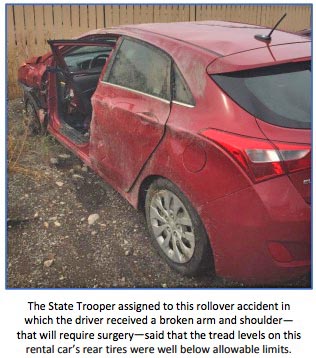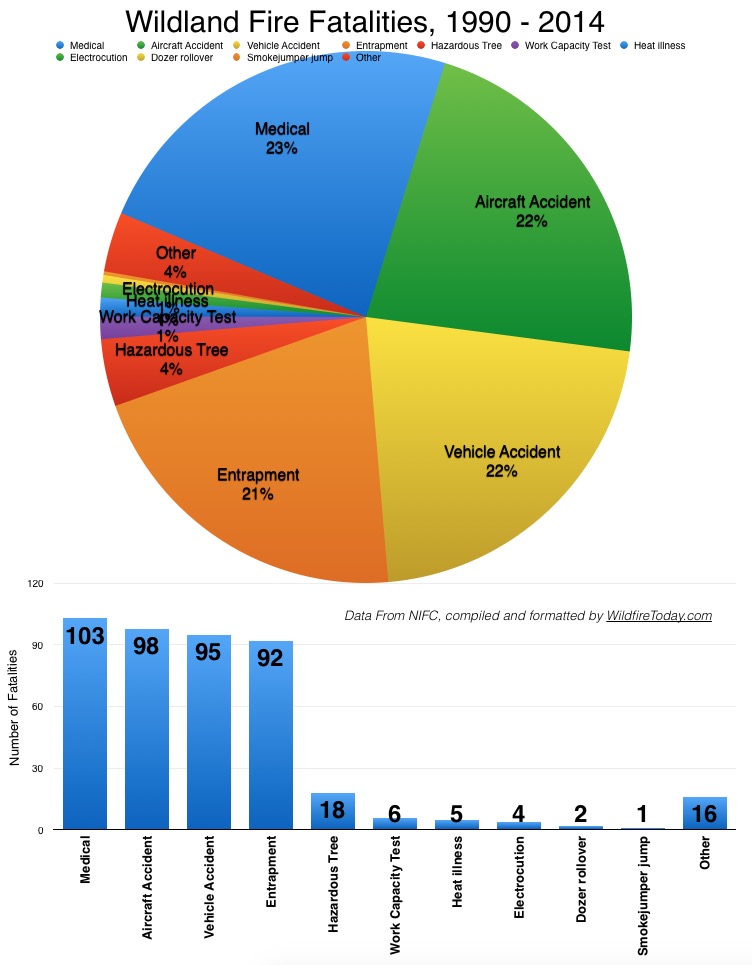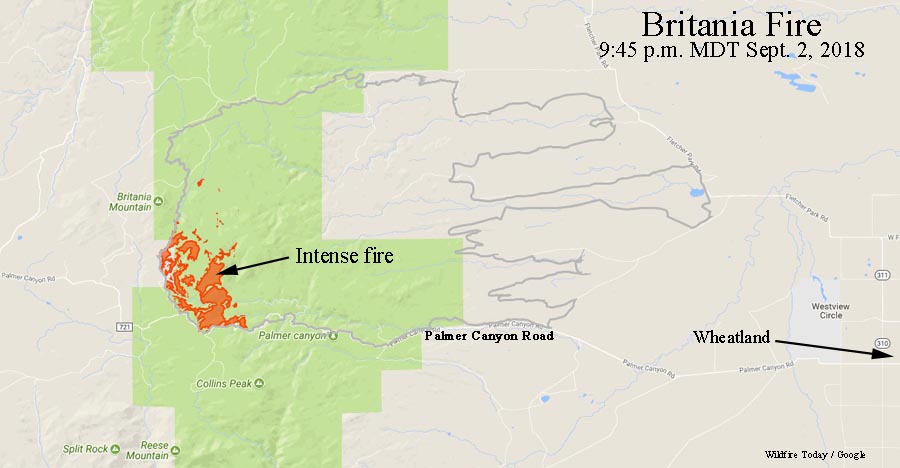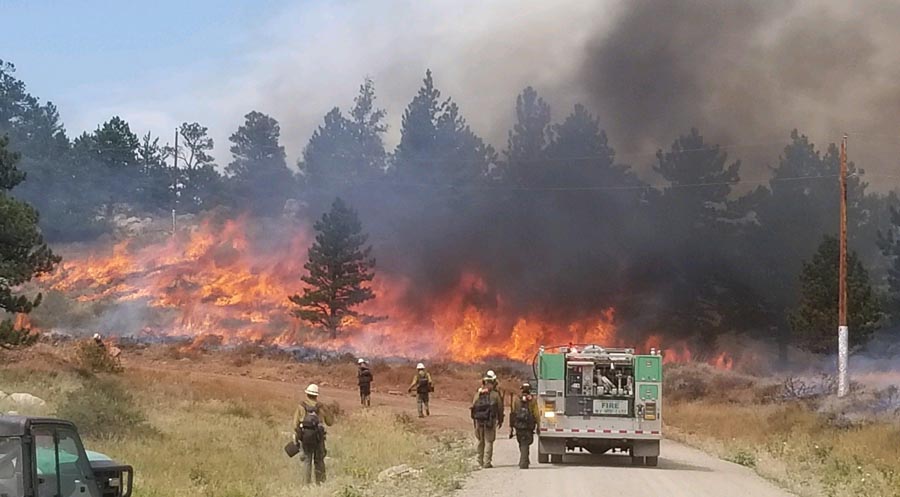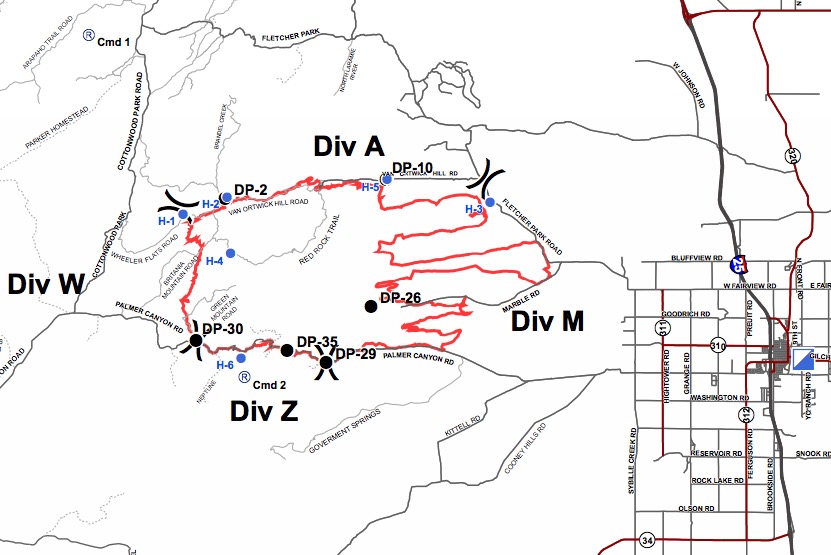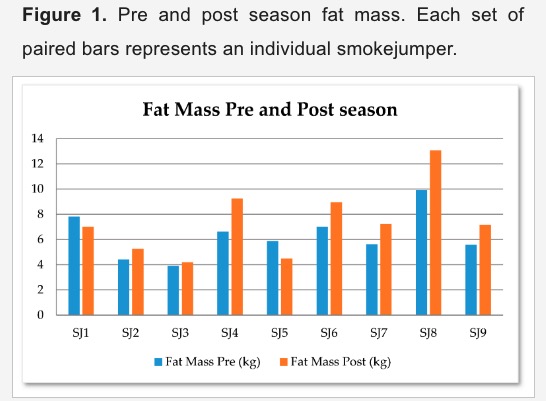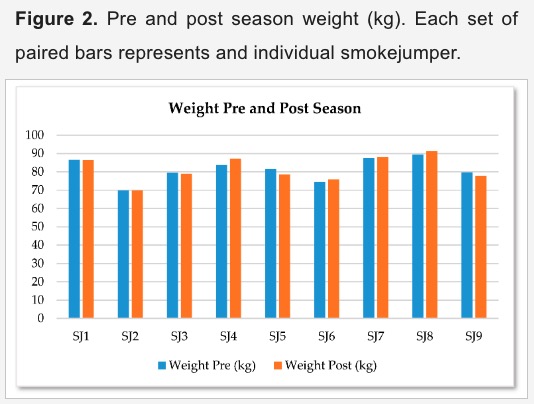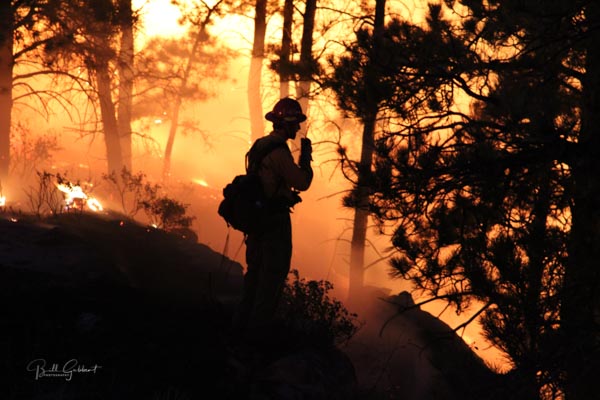
(UPDATED at 4:24 p.m. PDT September 5, 2018)
The U.S. Fire Administration has designated the death of Erick Aarseth a line of duty death (LODD). The agency posted a notice on their web site that indicates Mr. Aarseth was released from the Horns Mountain Fire at 6 p.m. on August 27. The next day he was found unconscious in his apartment.
From the US Fire Administration:
“Firefighter II Eric Aarseth worked the Horns Mountain Fire in Washington on August 27 and was released at 6:00 p.m. On August 28, Aarseth was found unresponsive at his home in Oregon. Reports indicate that Aarseth developed pneumonia which became septic. Aarseth was treated at Sacred Heart Medical Center in Springfield, Oregon, but was taken off life support on September 3 after suffering irreversible damage to his organs. Aarseth passed away early the following morning on September 4.
“Incident Location: Horns Mountain Fire near Northport, Washington (U.S. National Grid: 11U MQ 42732 18414 (DD: 48.916, -117.782))
“Department information
Miller Timber Services
PO Box 638
24745 Alsea Hwy.
Philomath, Oregon 97370
“Chief: President Lee Miller”
(Originally published at 12:59 p.m. PDT September 4, 2018)
Yesterday, September 3, 20-year-old Eric Aarseth passed away after he was found unconscious the day after he returned from a fire assignment.
His family said he returned home from the fire Monday August 27 and the next day was found unconscious in his apartment suffering from pneumonia. He was taken to a hospital but never woke up. KGW8 reported that he had vomited, obstructed his airway and developed sepsis. When it was discovered he was brain dead the family made the difficult decision to turn off the life support. He passed away Monday September 3.
The Centers for Disease Control reports that the incubation period of pneumococcal pneumonia is about 1 to 3 days. This makes it possible, or even likely, that Mr. Arseth was exposed to the conditions that led to the disease while still on the fire assignment or in travel status. This could be a line of duty death, an LODD.
Mr. Aarseth was a member of a contractor’s hand crew fighting the Horns Mountain Fire in southern Washington. In July their crew was on the Garner Complex of Fires in southern Oregon.
Working on a hand crew is very hard work. It often means inadequate sleep, nutrition, and hygiene. An ongoing study of smokejumpers found that over the course of a season they lost muscle mass, added fat, their weight remained about the same, and often had impaired reaction time. A study we wrote about in February found firefighters’ exposure to smoke increases their disease risk. Depending on the type of work performed and the number of years of exposure, the increased risk can be 22 to 39 percent.
Wildland firefighters have enough to worry about from the fire itself, avoiding dangerous situations that could lead to being overrun by the fire, hit by a falling tree or rock, cut by a chain saw, exposed to toxic smoke, or being in a vehicle or helicopter accident. Trying to prevent something you can’t see that apparently can kill you in a matter of hours or days, like sepsis and pneumonia, is scarier than all of the above.
Thanks and a tip of the hat go out to Alex.
Typos or errors, report them HERE.

